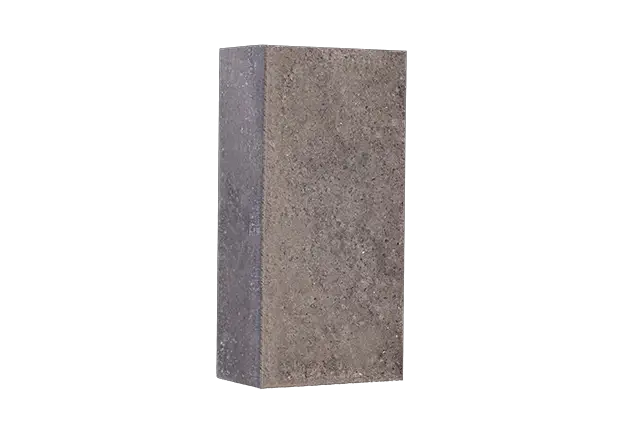Cement production is a critical component of the construction industry; however, the efficiency of cement kilns is often compromised by early wear. This phenomenon can lead to increased maintenance costs and unplanned downtimes, making it essential for operators to address these wear issues promptly. The primary causes of early wear include thermal cycling, mechanical stress, and the corrosive nature of the materials processed within the kiln.
High temperatures within the cement kiln create a demanding environment that accelerates wear on kiln linings. Traditional refractory materials may not withstand these conditions effectively, which compromises the integrity of the kiln and leads to significant operational inefficiencies. Hence, the choice of materials used for kiln linings is critical to maintaining performance and longevity.
Phosphate-bonded high-alumina bricks have emerged as a viable solution to combat the challenges associated with early wear in cement kilns. These bricks exhibit excellent thermal stability and are specifically designed to withstand extreme temperatures while minimizing wear. The phosphate bonding mechanism enhances the mechanical properties of the bricks, making them significantly more resistant to deformation and erosion compared to traditional materials.
One of the defining advantages of using phosphate-bonded high-alumina bricks is their ability to maintain structural integrity under fluctuating temperature conditions. This ensures that the kiln operates efficiently without interruption, significantly reducing downtime associated with maintenance. Moreover, their lower thermal conductivity helps in better energy conservation, further optimizing operational costs.
Application of phosphate-bonded high-alumina bricks in real-world scenarios showcases their effectiveness. Operations that implemented these advanced materials in their kiln linings reported a notable reduction in maintenance intervals and expenses. The enhanced durability not only extends the lifespan of the kiln but also improves overall production efficiency.
In conclusion, early wear in cement kilns poses significant challenges that can affect productivity and profitability. However, the introduction of innovative materials such as phosphate-bonded high-alumina bricks provides a robust solution to these issues. By enhancing the durability and performance of kiln linings, operators can achieve more efficient and cost-effective cement production.

